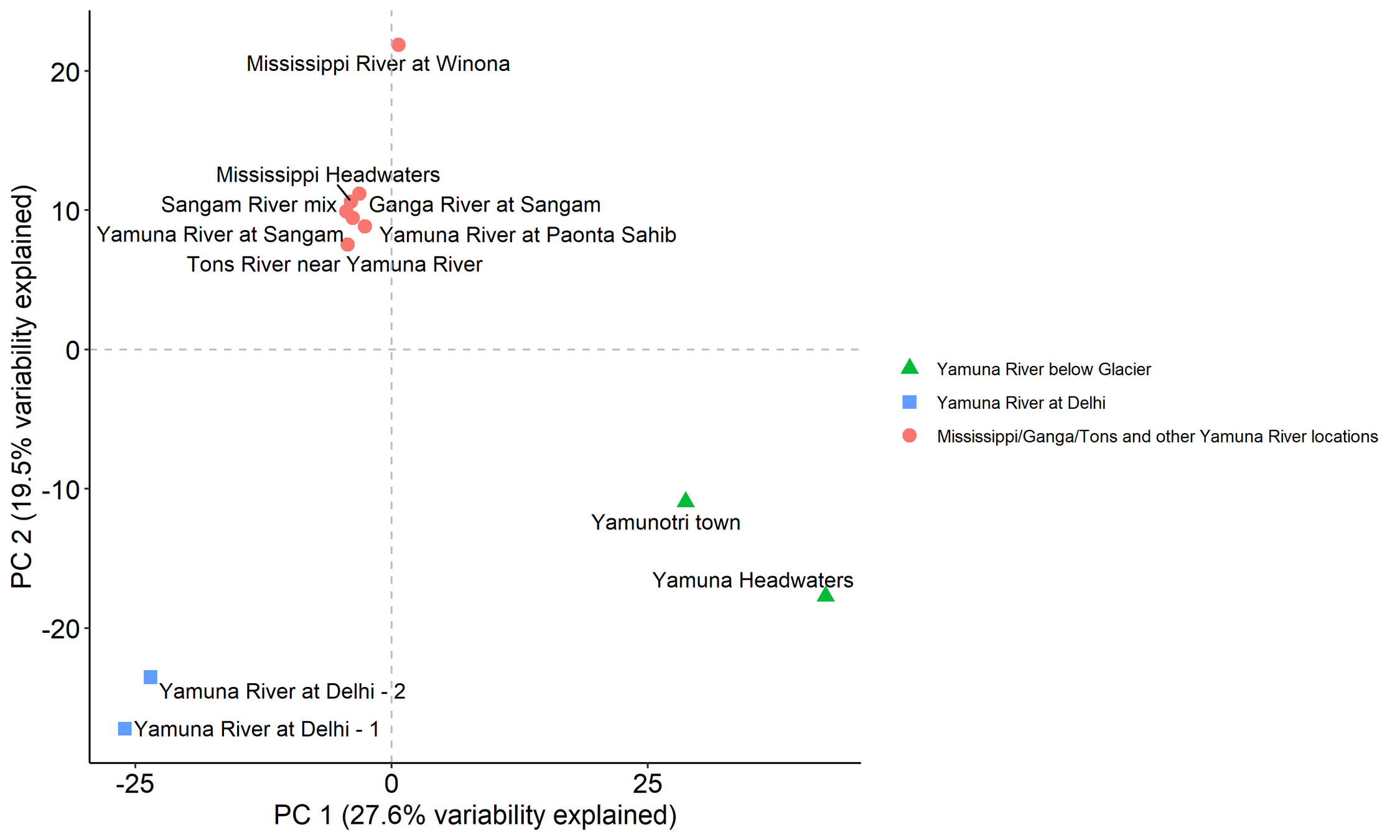Kent Barbian, Daniel Bruno, Lydia Sykora, Stacy Ricklefs, Prem Prashant Chaudhary, Paul A. Beare, Ian A. Myles, Craig M. Martens
ABSTRACT
Roseomonas mucosa is associated with the normal skin microflora. Here, we present de novo sequence assemblies from R. mucosa isolates obtained from the skin lesions of three atopic dermatitis patients.
ANNOUNCEMENT
Roseomonas mucosa is a Gram-negative coccobacillus found in aquatic environments and from various clinical samples (1 – 5). R. mucosa is commonly isolated from the microbiota of human skin (4, 6). Atopic dermatitis (AD), an inflammatory skin disease, causes susceptibility to Staphylococcus aureus infection, immune dysregulation function, and an impaired skin barrier. Improved AD clinical outcome was observed when R. mucosa was used to topically treat patients with AD (2, 4, 7). This treatment had an improved outcome in mouse models of AD. Interestingly, this mouse model treated with R. mucosa from AD patients, had no impact or a worse clinical outcome (2). We present the sequences from three AD-sourced R. mucosa isolates (2).
R. mucosa from lesions of three AD patients was isolated using a FloqSwab moistened in phosphate-buffered saline. Swabs were placed in Reasoner’s 2A (R2A) broth containing amphotericin B and vancomycin and incubated for 48–72 h at 32°C. Cultures were spread on R2A agar and incubated as above to form single colonies (4). Bacteria, stored at −80°C, were spread on R2A agar and a single colony used to inoculate 100 mls of R2A broth, and grown at 32°C for 20–25 h (8). Bacteria were washed, resuspended, and heated to 65°C, followed by separate incubations with proteinase k, lysozyme, and SDS. Each sample was incubated with RNaseI for 30 min at 37°C, then combined with a 3/4 vol of saturated phenol solution, mixed for 10 min and centrifugated at 12,800 × g for 10 min. The aqueous phase was removed and treated with phenol:chloroform:isoamyl alcohol (25:24:1) until the white precipitate interface was absent. A chloroform-only extraction was performed, and aqueous solution was collected. DNA was precipitated with 3 M sodium acetate, washed 2× with 70% EtOH, and resuspended in Qiagen’s EB buffer.
PacBio and Illumina sequencing libraries were generated from the same DNA using the 10 kb Template Preparation and Sequencing kit with Covaris g-tubes (sheared to >8,700 bp) and Illumina TruSeq Nano DNA kit using a Covaris M220 (sheared to ~550 bp), respectively (PacBio protocol 100-092-800-06 and TruSeq protocol 15041110 rev. D). Libraries were sequenced with PacBio Sequel and Illumina MiSeq (2 × 300 bp read length) platforms. Illumina reads were adapter trimmed using cutadapt (v.1.12) and trimmed and filtered for quality using FASTX-Toolkit (v.0.0.14). Bioinformatic analysis and construction of the genomes were performed using the following programs: CANU (v.1.0), Bowtie2 (v.2.2.4), pilon (v.1.16), and MIRA (v.4.0). All software was used with default parameters. The PacBio data were used to construct DNA scaffolds which were optimized using Illumina data. Igenbio Inc. annotated the genomes, while public annotation was compiled by the NCBI Prokaryotic Genome Annotation Pipeline (9).
The R. mucosa genomes consist of a single large circular chromosome (4.01–4.28 Mb) and five to six autonomously replicating plasmid sequences (8.9–506.3 kb) (Table 1). Genome properties and annotation statistics are listed in Table 1. These genomes may help determine the genes that are important for successful treatment of AD.
ACKNOWLEDGMENTS
We would like to thank Igenbio Inc. their sequencing services and data analysis.
This work was supported by funding from the Intramural Research Program of the NIH, NIAID 67 (Z01-147170). The content is solely the responsibility of the author and does not necessarily represent the official views of the National Institutes of Health.





